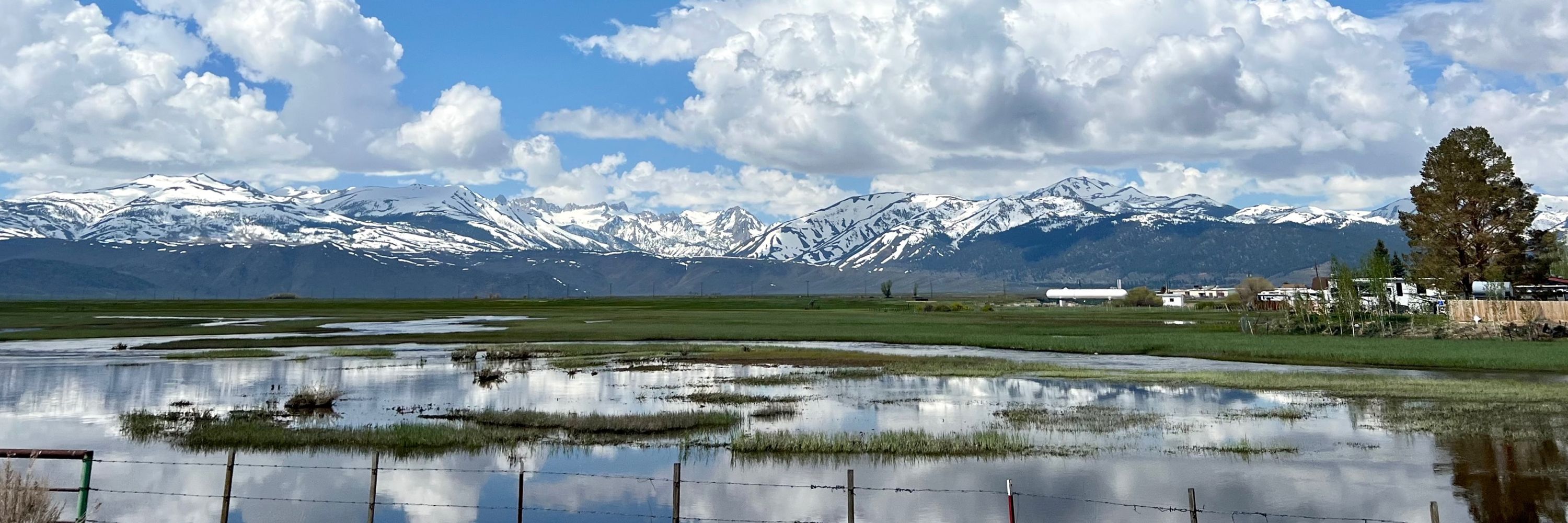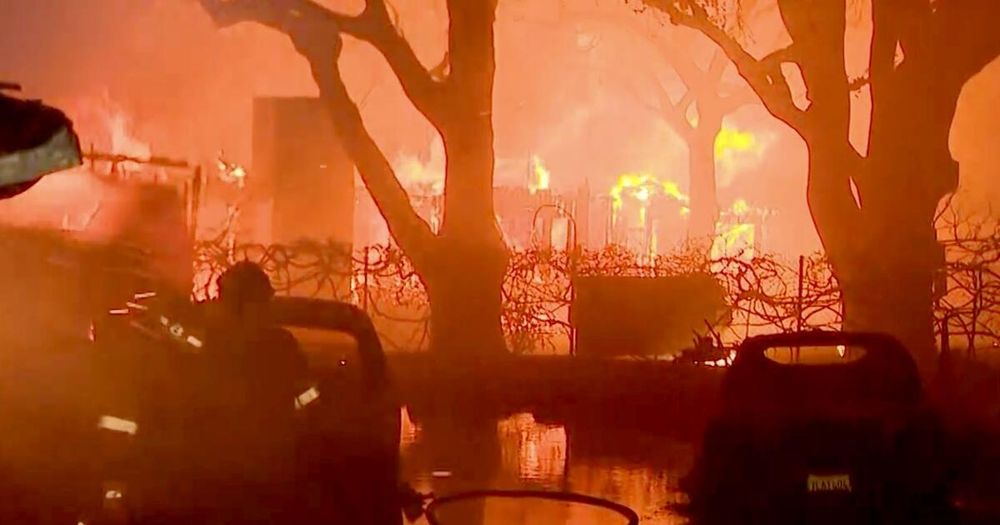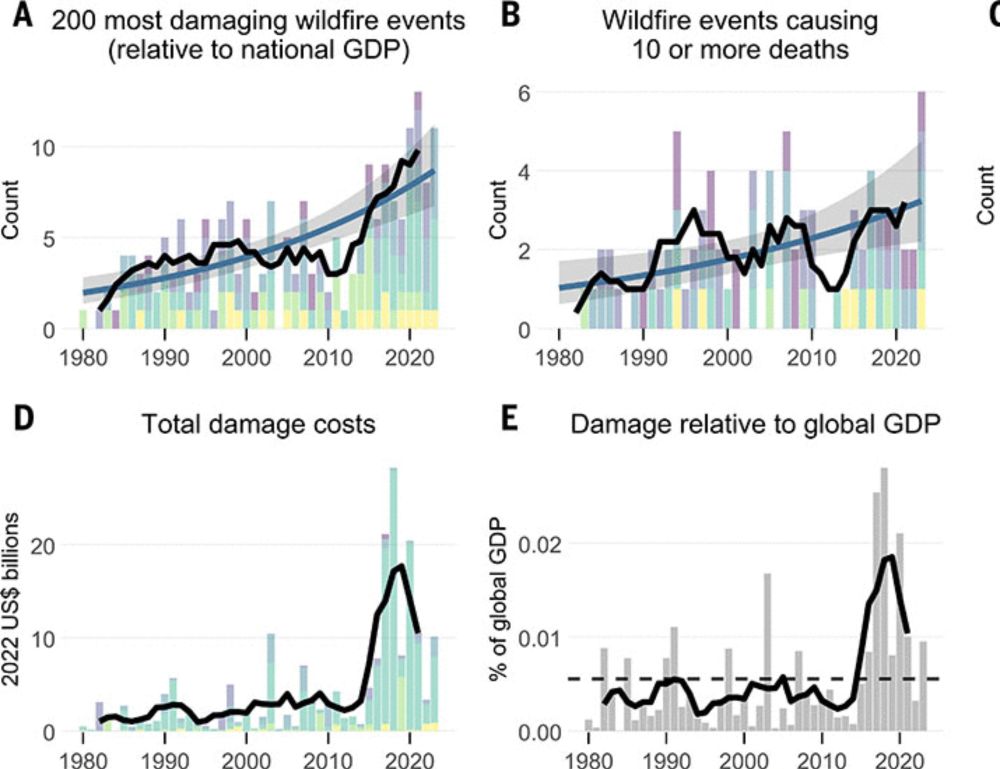Michael Wara
@michaelwara.bsky.social
14K followers
630 following
1.7K posts
Works at Stanford on equitable climate and energy law/policy with a big helping of wildfire and insurance.
Posts
Media
Videos
Starter Packs
Reposted by Michael Wara









